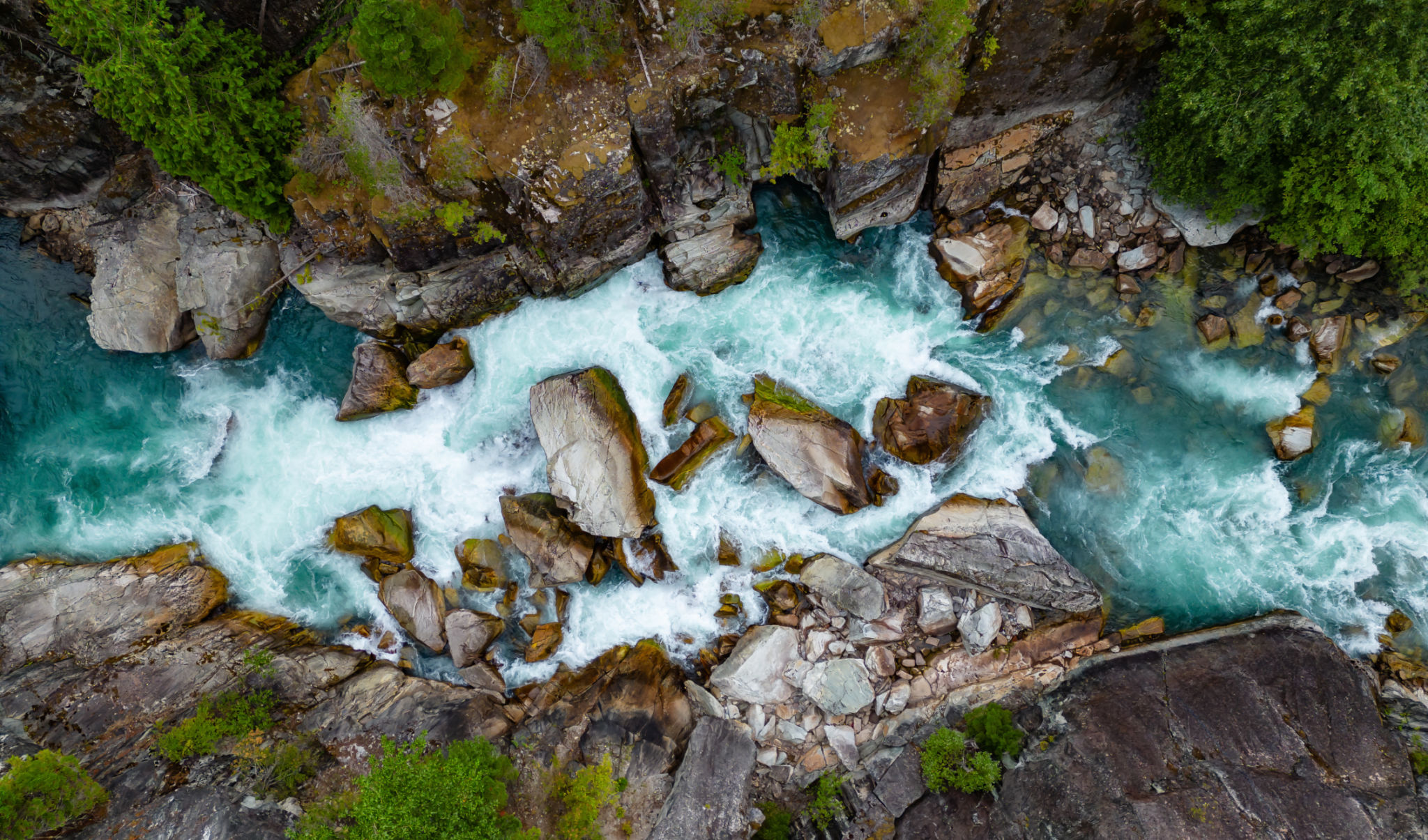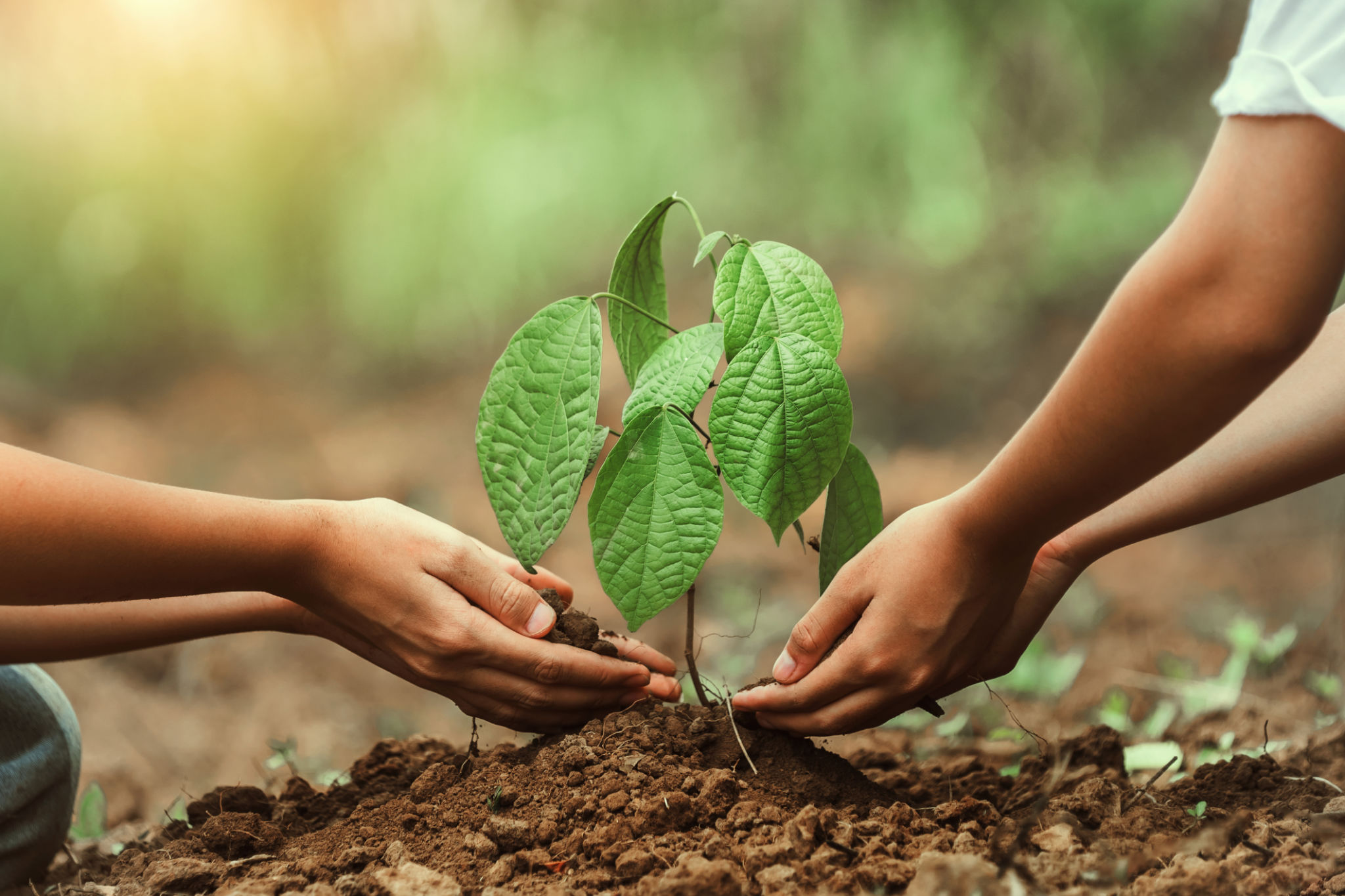The Benefits of Riparian Planting for Your Waikanae Property
Understanding Riparian Planting
Riparian planting is the strategic planting of native vegetation along riverbanks and streams. For property owners in Waikanae, this practice offers numerous benefits that extend beyond mere aesthetics. It plays a critical role in enhancing biodiversity, improving water quality, and fortifying riverbanks against erosion.

Enhancing Biodiversity
One of the most significant advantages of riparian planting is its ability to promote biodiversity. By introducing native plants along your property’s water edges, you create a natural habitat for a variety of wildlife, including birds, insects, and aquatic species. This not only adds to the ecological richness of your property but also contributes to the conservation of local species.
Moreover, native plants tend to thrive in local conditions, reducing the need for fertilizers and pesticides. These plants provide food and shelter for wildlife, supporting a balanced ecosystem. Property owners who engage in riparian planting are essentially investing in the long-term sustainability of their surroundings.
Improving Water Quality
Riparian zones act as natural filters for water systems. The roots of native plants trap sediments and absorb excess nutrients before they reach streams and rivers. This process significantly improves the water quality by reducing pollutants such as nitrogen and phosphorus, which can lead to harmful algal blooms.

Cleaner water systems have far-reaching benefits, including healthier aquatic life and reduced risk of contamination for downstream users. Furthermore, property owners with riparian zones contribute to the overall health of the Waikanae River, ensuring it remains a vital resource for future generations.
Preventing Erosion
Erosion is a common issue for properties near water bodies, but riparian planting provides a natural solution. The roots of native plants stabilize the soil, reducing the speed at which riverbanks erode. This not only protects your land but also minimizes sedimentation in waterways, which can impact aquatic habitats.
In addition to stabilizing soil, properly managed riparian zones can help absorb floodwaters, reducing the risk of flooding on your property. This dual function of erosion control and flood mitigation makes riparian planting a wise investment for any Waikanae property owner.

Economic and Aesthetic Benefits
Beyond ecological advantages, riparian planting can enhance the aesthetic appeal of your property. Lush greenery and diverse plant life create a picturesque landscape that can increase property value and attract potential buyers. Moreover, well-maintained gardens and natural spaces offer recreational opportunities and improve overall well-being for residents.
From an economic perspective, investing in riparian planting can lead to long-term savings. Reduced need for chemical treatments and lower maintenance costs associated with native plants mean that property owners can enjoy a beautiful environment without ongoing significant expenses.
Getting Started with Riparian Planting
If you’re considering riparian planting for your Waikanae property, it’s essential to start with a plan. Consulting with local environmental groups or specialists can help you select the right native species and implement effective planting strategies. These experts can provide insights into maintaining the plantings and maximizing their benefits.
In conclusion, riparian planting offers a host of benefits for Waikanae property owners, from boosting biodiversity to protecting water quality and preventing erosion. By embracing this sustainable practice, you can enhance both the environmental health and aesthetic appeal of your property while contributing positively to the wider community.
